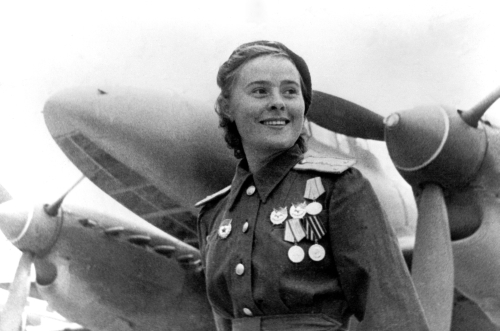Lozen was a warrior and prophetess of the Chihenne Chiricahua Apache who fought in the Apache wars of the 19th century.
Lozen was born into the Chihenne during the late 1840’s in a region of Arizona and northern Mexico known at that time as Apacheria. From an early age she rejected traditional women’s duties, preferring to ride horses and receive warrior training from her brother Victorio.
By the 1870s the Chihenne had been moved to the harsh conditions of the San Carlos Reservation in Arizona. By this time Victorio had become a chief of the Chihenne and described Lozen as his right hand. They led their followers in a breakout from the reservation in 1877 and began a rampage of attacks against Americans who had appropriated their homeland around Black Mountain.
Lozen became known as a ‘shield for her people’ who protected Apache bands from attack. She rode on horseback armed with a rifle and a knife. She was also believed to have mystical powers that allowed her to foresee the enemy’s movements and no band under her leadership was ever caught by the Americans.
In 1880, following a a solo mission to escort a new mother through enemy territory, Lozen received word that Victorio had been killed in an ambush along with hundreds of others. She returned to assist in leading the remnants of her people and also fought alongside Geronimo in the final campaign of the Apache wars.
Lozen was never captured, but was a member of the final group of free Apache’s who surrendered in 1866. Like many other Apache’s she was imprisoned and ultimately died of tuberculosis. Her legacy as the Apache’s famous warrior woman is respected even today.



















